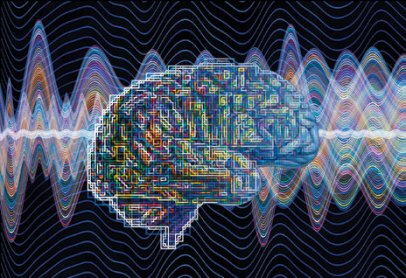I’ve been following a train of thought lately, mostly concerning technology and human computer interaction. Specifically how we interact with the Internet through our terminals, archiving, sharing and manipulating memories. My mind has been doing this sort of circling dance around the concept of user interfaces, and how the shifting paradigms of human-computer interaction will affect our perception of these stored memories and virtual locales.
An interesting article on Gizmodo provoked further thought with this bit:
Think about the majority of people who, outside their work offices, never touch and don’t want to touch a keyboard. Think about the amount of blue collar workers who don’t use computers in their work, just depend on their phones to communicate. Think about the increasing number of office workers who have moved from desktops and laptops to their smart phones. And in addition to all those, think about that big majority of consumers who don’t give damn about computers…For those people, tablets are indeed the future. Because that’s really all they need in their digital lives: A way to easily get their entertainment, communicate with others, and access their memories.
Just thinking about how much time and effort a growing number of people spend embedding bits of themselves into an invisible, intangible medium is enough to send me into all sorts of futuristic flights of fancy (connections to popular sci-fi are obvious, albeit appropos). Add to that new models of interacting with these digital bits – pulling them into “real space”, augmented reality on a grand and invisible scale, ubiquitous computing – and you have a completely new paradigm in the viewing, storage, and interaction – with memories.
I guess what I’m really getting at is, how will this shifting notion of interacting with bits of information affect how we perceive such constructs? Something which was previously intangible – in the sense of inhabiting “real space” and being acted upon by objects in the “real world” – has now become very real. Information and data that once only existed in an invisible ether, accessible only through a primitive (yet pretty) two-dimensional representation on a screen, can now be acted upon physically.
What will our digital lives look like in 10 years? 20 years? 50 years? Right now, the focus seems to be on augmented reality. While I believe augmented reality is an important step in the evolution of our new tools, I don’t think that a visual overlay (with a corresponding system of movement based interaction methods) will be the prevailing paradigm of human-computer interaction. Of course, I’m not saying that visual/motion based interaction will completely disappear. Naturally, it will flourish in certain applications, and prove utterly useless in others. The same parallel can be drawn between the desktop and laptop sectors of the personal computer market.
But the next step that I look forward to are embedded systems. When you can manipulate a virtual object simply by thinking about it, then you’ve got something.
SEE ALSO: wetware (also, synthetic biology)
*Note: I am not a computer scientist. I am merely an individual who enjoys engaging in a bit of harmless speculation from time to time.
Filed under: Acquire Knowledge & Understanding, Missives, augmented memories, augmented reality, design, dream machine, ghosts in the shell, human-computer interaction, interface design, the Internet, user interface, wetware


